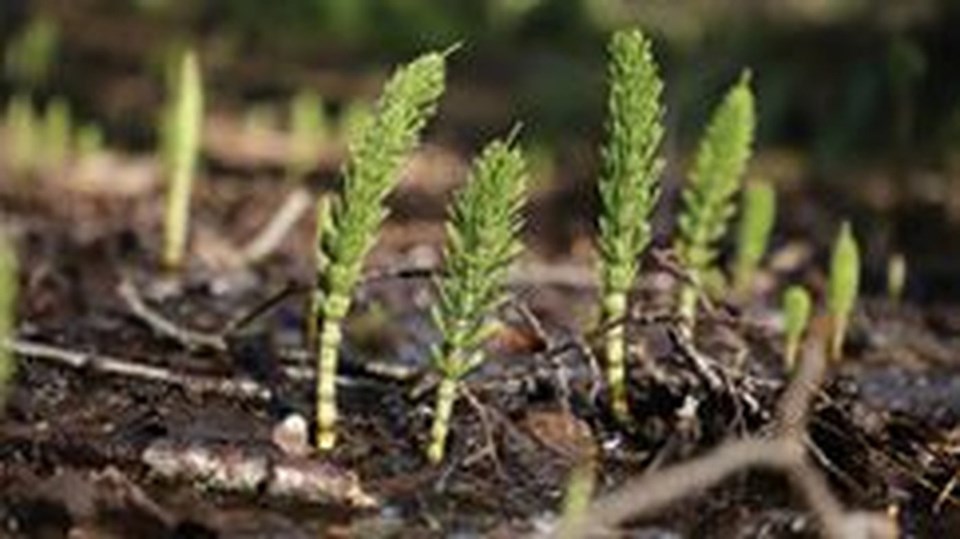Skunk cabbage was a plant used by Tla’amin traditionally for medicines and creams.
Indigenous forest gardens will soon be sprouting once again in Tla’amin, according to Erik Blaney, Tla’amin executive council member, and housepost of lands and resources.
“The Forest Garden Project is something that I came up with when Tla’amin bought the 111 acres of land in Lund,” says Erik. “I want to see a place where ancestral teachings on land could be used to culturally modify the boggy areas to produce more medicinal and native edible plants for our people.”
Erik says he has memories of he and elders John Louie and the late Pete Harry going up to many boggy and swampy areas to harvest traditional medicines.
“We figured we could make those teachings more accessible to those who needed them if we utilized our land in Klah ah men (Lund),” says Erik.
The garden will be on the southern portion of Tla’amin’s Klah ah men lands, in between Longacre Road and Quarry Place. While the project is only a concept right now, Erik hopes to get more planning done in the 2022 fiscal year.
Some of the traditional plants that would be seen in the gardens are Labrador tea, devil’s club, skunk cabbage, green false hellebore, nettle, cat tail, cat’s claw, mullein, mugwort, berries, ferns, mushrooms and many others.
“It will act as a community garden that does not look like a typical garden and is more part of the natural landscape and would be community owned,” says Erik. “I foresee classes on how to cultivate, harvest and prepare the items grown on this land.”



.jpg;w=121;h=120;mode=crop)